Description and application of potash fertilizers for tomatoes
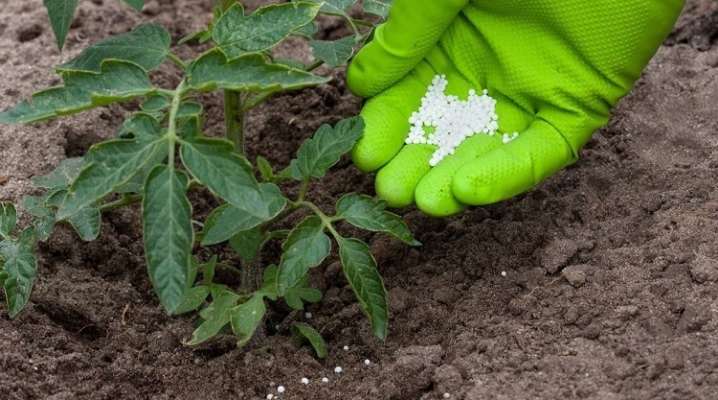
Growing tomatoes is a troublesome task. It will require providing full care for the plant and the obligatory introduction of various dressings and fertilizers at different stages of the formation of the bush and its fruiting. One of the key ingredients for tomatoes is potassium. It is thanks to him that the plant takes root easily, grows well and gives an excellent harvest. Next, consider the description and application of potash fertilizers for tomatoes.
When are they used?
It is because of the beneficial effect of this microelement that potash fertilizers for tomatoes are used at different stages of growth. Therefore, they should be applied at certain points. For this purpose, the time of transplanting in open ground is suitable so that the bush takes root well. You can also fertilize at the stage of fruit setting in order to provide them with everything they need for growth and full ripening. In addition, potash fertilizers guarantee more harmonious flavor characteristics of tomatoes.
Such feeding will help plants to withstand changing temperature and weather conditions. This is especially important for regions with an unstable climate in the summer.
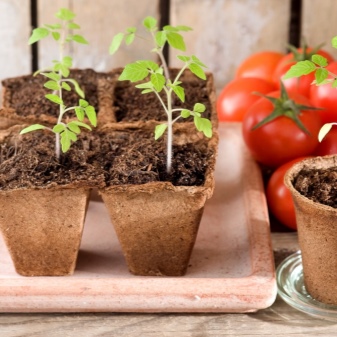
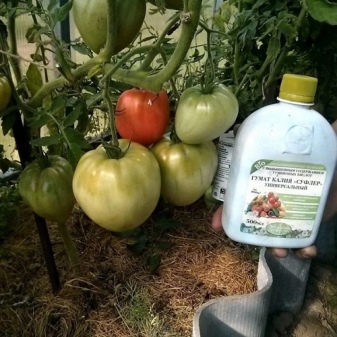
Species overview
There are many different forms of this fertilizer that can be used as a top dressing for tomatoes. These include:
- monophosphate and phosphate;
- potassium chloride;
- potassium and magnesium varieties;
- potassium sulfate.
In addition to different compositions, there are different forms of release - dry powder, liquid fertilizers. Some can be applied directly to the soil, while others will require a solution. This requires diluting the powder or liquid in clean water. But before using a specific fertilizer, it is worth considering the features of various types.
Potassium monophosphate
This is the most balanced type of fertilizer, thanks to which the following characteristics can be achieved:
- reducing the level of soil acidity;
- the soil will not dry out too much;
- make it dry or diluted;
- you can apply fertilizer at the root or foliar type of dressing.

Potassium sulphate
By regularly introducing potassium sulfate, you can saturate the soil with this element. Thanks to such feeding, the plants will grow faster and form a powerful bush. In the spring and summer, when the wilting of tomato bushes is observed, it is potassium sulfate that is added.
Potassium nitrate
By adding potassium nitrate, you can accelerate the growth of the bush, which will allow it to quickly build up the green mass. Besides fertilizers based on potassium nitrate increase the immune properties and plant resistance to fungal and bacterial infections.
Potassium humate
Thanks to potassium humate, which additionally contains phosphorus and humic acids, it is possible to accelerate growth, strengthen the rhizome and increase productivity. Also, the use of such a fertilizer can improve the taste characteristics of fruits and increase their commercial appeal.
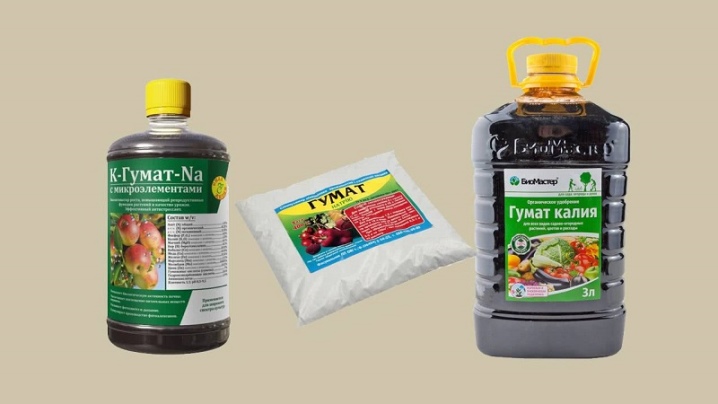
Kalimagnesia
Another similar fertilizer is called kalimag. By introducing it into the soil, you can saturate it with potassium and contribute to the impetus for growth. Quite often, it is brought in at the moment when the flowers are just fading and the ovaries of future tomatoes are beginning to form. Kalimagnesia can be used in different types of soil, excluding only sandy soils.
If you add groundbait to sandstones, it will increase the rate of leaching of minerals.
Potassium chloride
Potassium chloride additionally contains phosphorus and nitrogen. In soils that are not depleted in minerals, potassium chloride can be applied as an independent fertilizer. Outwardly, it looks like a white powder, which will have to be dissolved in water according to the instructions on the package. Most often, potassium chloride is used in the fall. This is necessary so that chlorine does not have time to sink into the lower layers of the soil.
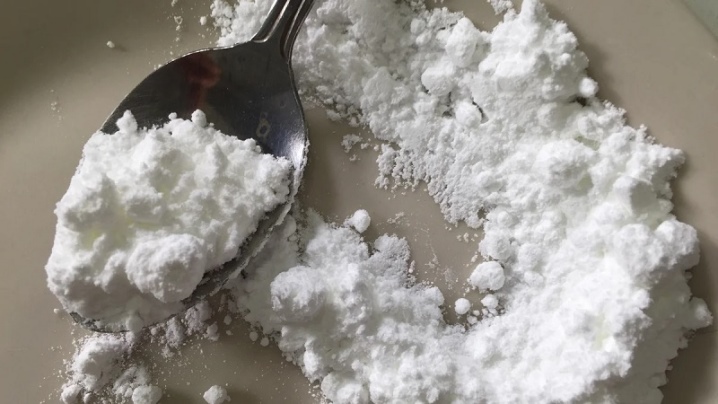
Complex feeding
Sometimes, when the gardener finds it difficult to determine how high-quality the composition of the soil is on his site, experts recommend using complex fertilizing for tomatoes. Thanks to them, it is possible to achieve an overall beneficial effect on plants, ranging from supporting the immune system and minimizing the negative effects of diseases, ending with the formation of a plentiful and high-quality harvest.
It is recommended to use fertilizers under the names "Universal", "Solution" and "Kemira" as a complex top dressing for tomatoes. Let's analyze each of them in more detail.
"Kemira"
Mineral fertilizer "Kemira" is quite popular due to its versatility. By introducing it into the soil, it is possible to avoid depletion of the soil and at the same time to increase the plant's resistance to various fungal and bacterial diseases.
Considering that there are several varieties of "Kemira", for tomatoes and an increased amount of potassium in the soil, it is worth choosing a variety - "Kemira Plus". A similar fertilizer is introduced during the fruiting of tomatoes.
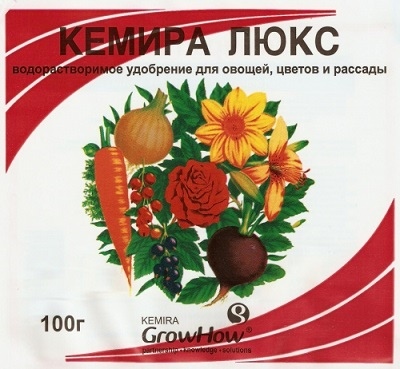
"Universal"
Fertilizer "Universal" from "Fertik" is an excellent option for maintaining a tomato bush throughout the growing season. Fertilizer "Universal" contains such mineral elements as:
- nitrogen;
- phosphorus;
- potassium;
- magnesium;
- manganese;
- sulfur;
- zinc.
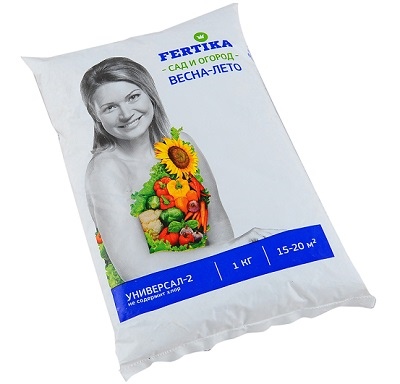
"Solution"
For this fertilizer, the composition may differ slightly depending on the variety. But the main substances here are phosphorus, nitrogen and potassium. In addition, there are other micro and macro elements that are required by the plant for full growth and fruiting. Among the main advantages of using "Solution" are the following:
- it is easy to dissolve in water;
- all trace elements are presented in the form of sulfate, which makes them easier for plants to assimilate;
- helps to maintain the strength of the plant, thereby actively resisting various pests and diseases;
- suitable for enriching depleted soil.
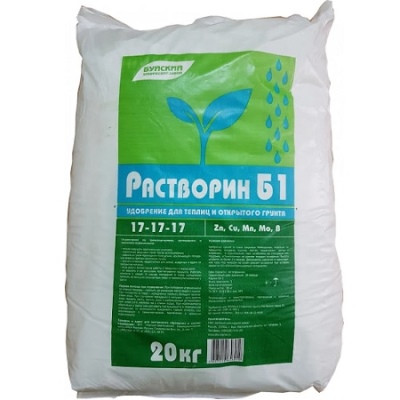
Folk remedies
In addition to ready-made mineral dressings, rich in all micro- and macroelements, at home you can prepare infusions according to folk recipes, which also help to grow an excellent harvest of tomatoes.
- Crumbled eggshells can be added to the soil to reduce acidity.
- Fresh peeled potatoes can be placed under the tomato bush when planting. This root vegetable contains a large amount of potassium, which will gradually be released as the tuber rot.
- Banana peels are also rich in these micronutrients, making leftover fruit efficiently utilized by simply drying and grinding before adding.
- Also, for fertilizing tomatoes, you can use wood ash, chicken droppings, iodine, tincture of freshly cut nettle (which managed to rot), whey, ammonia and fermented yeast.
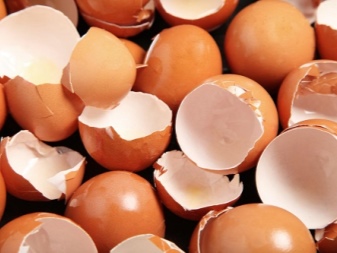
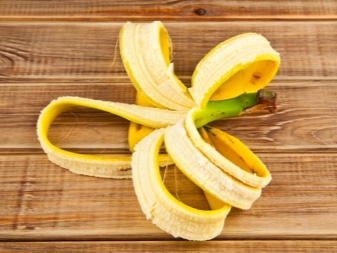
Features of the introduction
In addition to choosing the right fertilizer, you need to know exactly how to apply the compositions, regardless of whether they were purchased in a store or made independently according to folk recipes. Here are some tips to listen to.
- It is necessary to feed tomato bushes during transplanting to ensure the best rooting process. In this case, fertilizer is applied directly to the dug hole or by watering at the root.
- It will be necessary to fertilize at the time of the formation of the ovary, so that the flowers do not crumble and barren flowers do not form.In this case, it is best to choose a spraying option. So the maximum amount of micro- and macroelements will fall directly on the leaf plate and quickly reach the peduncle.
- At the moment when the time for the formation of the ovary comes, it will be necessary to maintain the strength of the plant. He will need it in a larger volume during the fruiting period to form a high-quality crop. You can choose any convenient application option.
Both foliar feeding on leaves and spraying the bush with mineral compounds are suitable.

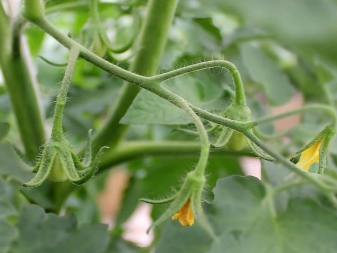
These are basic guidelines, but you shouldn't be limited to them. If we consider the frequency of introduction, then there is a certain scheme.
- The first feeding is performed in May when planting in open ground.
- The second is brought in 2 weeks after the first.
- Then, around May or June, they are fed with phosphorus and nitrogen in order for the plant to actively grow and gain green mass. In this case, one should refrain from the abundance of potassium - this point is not taken into account by many gardeners, thereby preventing the rapid growth of the bush.
- But when flowering begins, this happens from May to July, depending on when the plant was planted and on which group (early-ripening or late-ripening) tomatoes it belongs to - feeding with potassium is performed.
- You can also repeat the application of such fertilizers at the moment when the fruits begin to set.
- When they have already formed and begin to gain only size and redness, in addition to potassium, additional boron, phosphorus, iodine and manganese can be added.
This is a list of planned fertilizing, but it should be borne in mind that there is also an extraordinary fertilization. It is performed in the event that the plant has lost its healthy appearance and, according to certain parameters, it can be seen that it suffers from a lack of any elements or from a loss of strength.

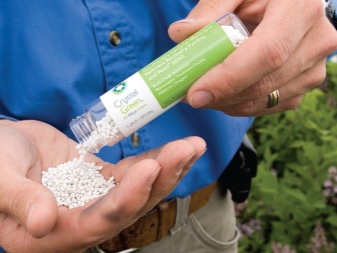
It should be borne in mind that the above-described scheme for introducing mandatory dressings is only advisory and depends on a number of factors.
- How rich the soil is and how much it has not yet had time to deplete from numerous plantings of fruit and vegetable crops.
- Dependence on the individual strength of the variety, plant variety.
- It is also necessary to take into account the peculiarities of the climatic conditions of the region. If unfavorable weather is observed, which in the most negative way affects the ability of the plant to actively grow and bear fruit, then it is necessary to support it with the introduction of additional fertilizers.
Therefore, each gardener must make sure what is best for his tomatoes in a particular period. You need to know which fertilizer is suitable for a given moment. It is also very important to consider whether the plants are grown outdoors or in a greenhouse. If the tomatoes grow under the film, then they need to provide a greater level of care, making all the fertilizing according to the scheme. This is due to the fact that the plant in this case does not receive everything it needs, including an abundance of sunlight, open air.
In addition, various diseases spread more intensively in the closed conditions of the greenhouse. Therefore, it is worth supporting the immunity of tomato bushes. Considering all of the above recommendations, it is easy enough to grow healthy plants and reap a great harvest from them.
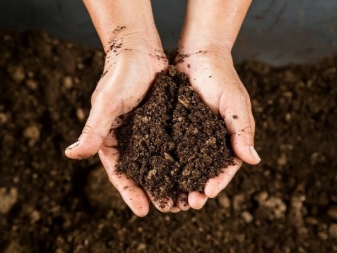
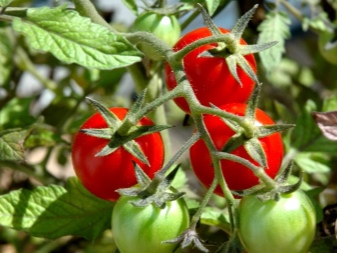













The comment was sent successfully.